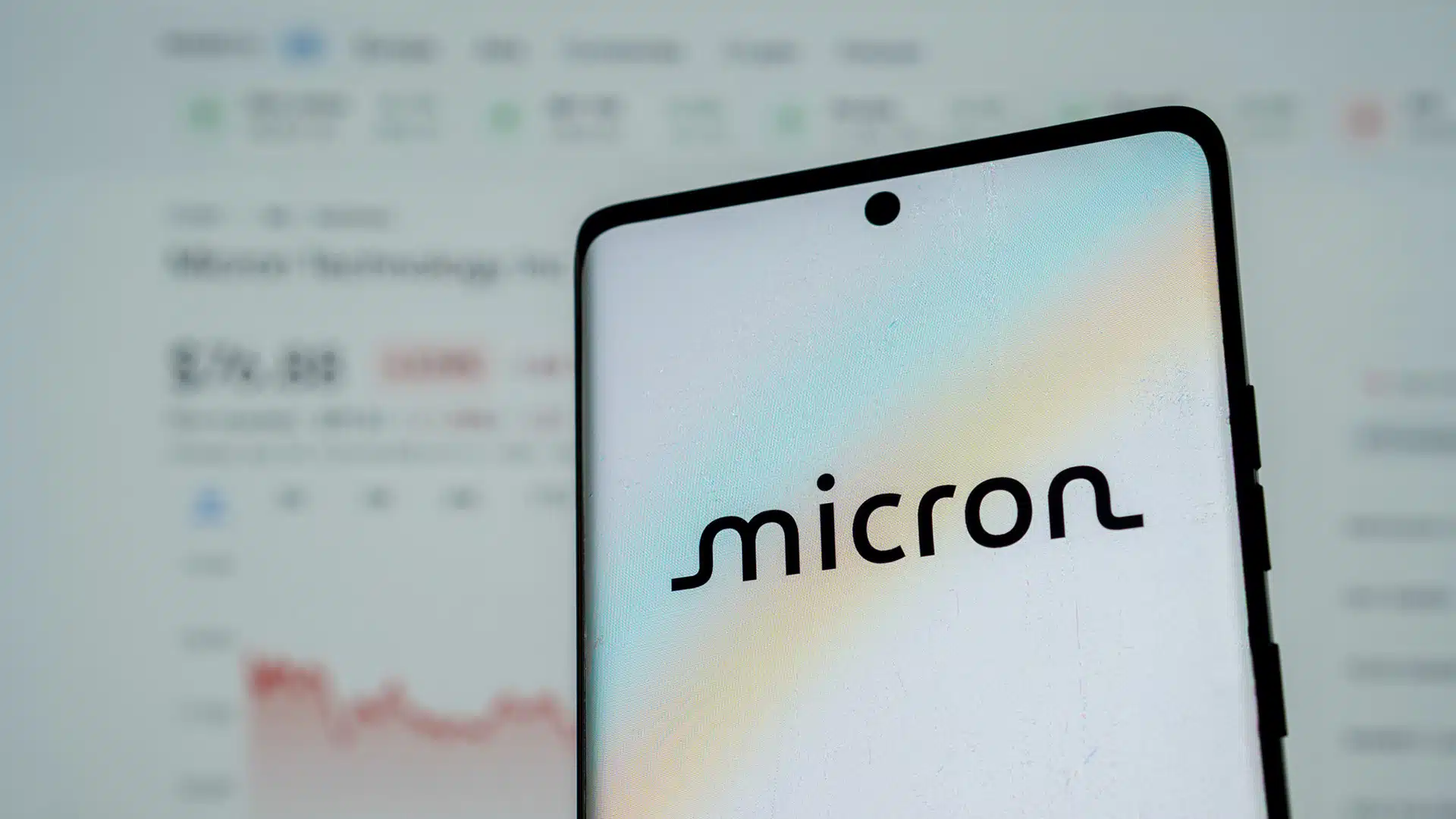The COVID-19 pandemic influenced consumers’ trust and engagement with healthcare, and challenged providers in innumerable, unforeseeable ways that today are helping establish digital platforms as the foundation for the industry’s customer service strategy.
NRC Health’s 2022 Healthcare Consumer Trends Report, which surveys more than 300,000 American households, provides insights into consumer sentiment that healthcare organizations can use to find creative solutions that will help improve care delivery and enhance the patient experience (PX). And with nearly 35% consumers indicating no particular preference for a healthcare brand in 2021, hospitals and health systems have a sizeable opportunity to ensure that their brand is preferred.
The findings that providers can turn into opportunities for engaging with consumers and patients, as well as driving healthcare recall and brand awareness, include:
- Delayed Care: Although care deferment decreased from 33% in the fourth quarter of 2020 to 27.1% during the fourth quarter of 2021, delays in care were greatest for preventative care. As a result, consumers seeking care today may be sicklier and costlier to treat. NRC recommends health systems and public health organizations begin to develop effective communications to assuage consumers’ concerns and encourage them to seek timely care, especially for preventative care needs.
- Mental Health: The mental health crisis that the pandemic has left in its tow has been equally as devastating. With nearly one-in-three consumers (30%) experiencing a worsening in their mental health during the pandemic, and related hospitalizations increasing nearly two-fold (190%) from 2020 to 2021, the healthcare industry would be remiss if it does not take action now to mitigate and prevent the deleterious downstream effects that will continue to permeate long after the pandemic has passed.
- Telehealth: Although levels of enthusiasm for and utilization of telehealth have waned from those experienced during the pandemic, consumer interest from the user perspectives of feasibility and usability, and across service lines, continues to be strong. However, NRC data indicates healthcare organizations need to be more strategic in determining which platform capabilities and for which consumers, services and staff, that telehealth offerings would be most effective operationally.
NRC data show that consumer healthcare recall is improving, with marketing recall having increased from 59.4% in 2020 to 64.5% in 2021. NRC also identifies encouraging signs for the industry’s digital healthcare efforts, which create opportunities to generate data and automate tasks to personalize communications and deliver to consumers the information they want, and where and when they want it. Mobile-responsive platforms offer significant opportunities for consumer access to that information (51.2%), with social media the third most recalled ad platform after television (38.7%) and billboards (11.8%). In particular, consumers report a 5.8% increase between 2020 and 2021 in helpful health information available from hospital websites. With visits to hospital websites reaching an all-time high of 31% as of November 2021, annual visitor traffic to hospital websites was up 4.6% between 2020 and 2021.
With healthcare organizations having opportunities to build their brands using personalization techniques and an omnichannel approach to target and engage active patients, NRC stresses that hospitals and health systems must meet consumers where they are. In particular, healthcare organizations need to develop a better understanding of patient preferences. Despite consumers’ likelihood of recommending hospitals and health systems increasing by about 3 percentage points to just over 23% in the year to November 2021, patient experience is not meeting expectations, with PX Net Promoter Scores declining from 56 in April 2020 to 44 in December 2021.
After decade-long investments of billions of dollars annually to boost patient recommendation scores, the return on investment has been negligible. And if providers are to make their brand preferred among consumers, then organizations need to start recognizing that 99% of a patient’s life happens beyond the hospital care setting.
Author Information
Andrew Broderick is a Senior Analyst contributing to Dash Research’s CX Advisory Service as well as Dash Network’s ongoing editorial coverage of Healthcare CX and Patient Experience. Based in San Francisco, Broderick has more than 20 years’ experience in technology research, analysis, and consulting, including an extensive background in digital health technologies and business practices.







